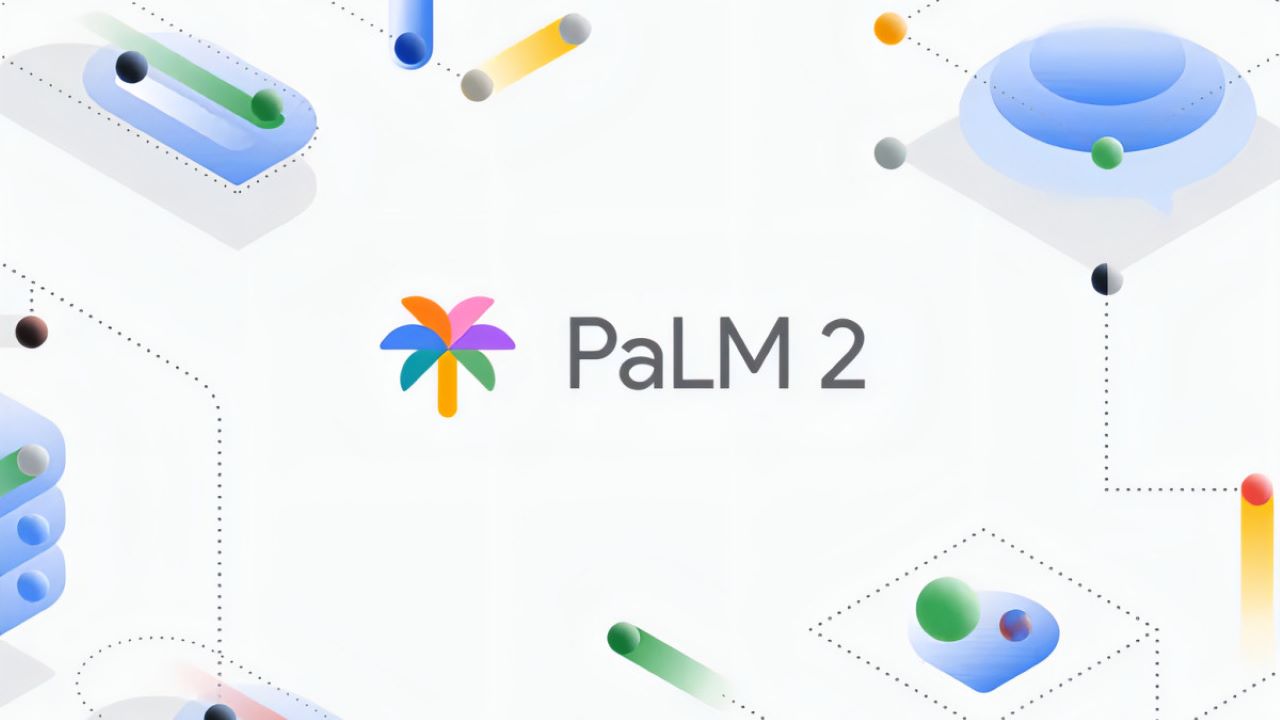ℹ️: Pathways Language Model (PaLM): Scaling to 540 Billion Parameters for Breakthrough Performance
Pushing Computational Boundaries with PaLM
Welcome to the future! Google has just unveiled their newest AI sensation - the Pathways Language Model (PaLM). With a mind-boggling 540 billion parameters, this AI is a major game-changer. It’s like a giant orchestra conductor, coordinating thousands of tiny chips to work together in harmony.
As the scale of the model increases, the performance improves across tasks while also unlocking new capabilities.
The bigger it gets, the better it performs, opening up exciting new possibilities.
Mastering the Human Language… and More
So, how does PaLM learn? Just like we do - from everything! It absorbs information from a wide variety of sources, including web pages, books, conversations, and even coding on GitHub. The result? An AI model that’s a master of understanding and generating language. It’s like a supercharged version of its older AI siblings, leaving them in the dust when it comes to tasks like answering questions, completing sentences, and applying common sense.
And that’s not all. Even though less than a quarter of its training data was in languages other than English, PaLM is a multilingual whizz, acing language tasks in multiple languages and even doing well in translation.

With its 540 billion parameters, it has managed to outperform previous champions in a whopping 29 different English language tasks.
A New Era of AI Reasoning
But PaLM isn’t just a wordsmith. It’s also a brilliant problem-solver, tackling complex, multi-step problems just like a human would, breaking them down into bite-sized pieces. This approach has led to some pretty impressive results, especially on math and reasoning tasks. It’s even managed to beat top scores on a tough set of grade-school level math questions called the GSM8K benchmark.

Consider the difference between traditional prompting and the chain-of-thought prompting method when it comes to a typical grade-school math problem. Chain-of-thought prompting breaks down a multi-step reasoning problem into smaller, manageable steps, quite like how an individual would tackle it. These steps, indicated in yellow, simplify the problem, making it more approachable.
The Coding Whizz
PAnd there’s more! PaLM is not just about language and reasoning - it’s also a coding genius. Despite having only 5% coding data to learn from, it performs just as well as models that were fine-tuned with 50 times more Python code. When it gets to train exclusively on Python code, it zooms ahead even further, managing to fix faulty C programs with an amazing 82.1% success rate on a task known as DeepFix.
The Future is Here
So, what’s next for PaLM and AI? Well, it’s a thrilling journey that we’re all a part of. And we can’t wait to see what PaLM can do. Stay tuned for more updates, tutorials, and live demos - we promise it’s going to be a wild ride!
